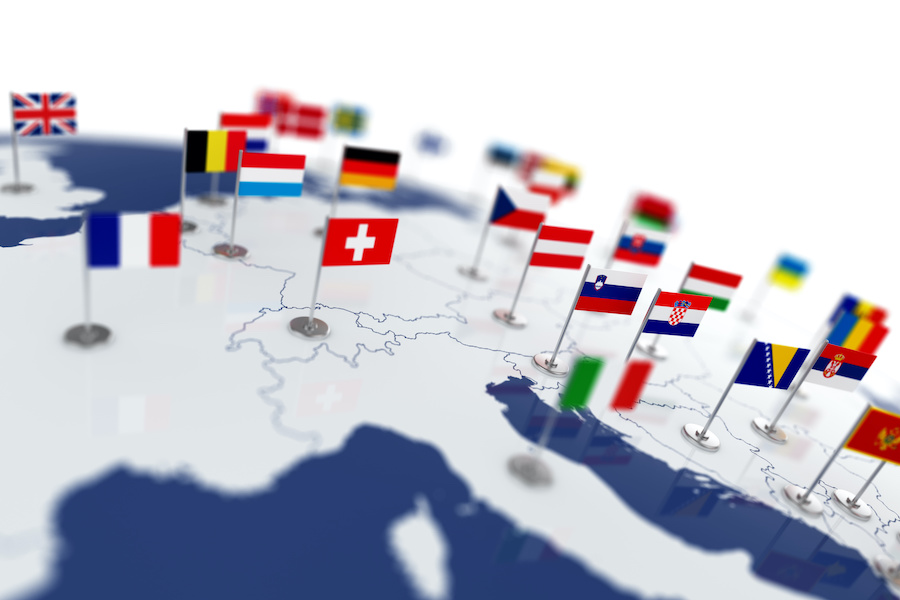
Human history worldwide is very complicated.
Therefore, ancestry is very complicated.
When history happens, people move. These migrations affect the ancestry results you might get from a DNA test.
In past blog posts, we've covered some of the most common ancestry myths.
One of those myths that's particularly common among people in the United States and Canada who have European ancestry is that their grandfather was "100% Irish" or their great grandmother was "100% Italian."
The reality is that NO human who has ever lived in the last 50,000+ years has ever been "100%" anything.
Every human who has lived within the last 50,000+ years has had ancestors who came from somewhere else.
Even your grandfather from Ireland. He may have Scandinavian or even Germany ancestors, whether he knew about them or not.
Even your great grandmother from Italy. She may have Greek, German, Iberian, or even North African ancestors, whether she knew about them or not.
We can infer these possibilities by understanding human history. When wars and diseases happen, people move. Trade causes people to move. Every time these migrations happen, it changes the ancestral makeup of the regions affected.
To get a glimpse of just how much European borders have changed in the last 2,400 years and how much it could have on your ancestry, check out the video at the bottom of this blog post.
It's a time-lapse video that shows how the borders of European nations have changed. Keep an eye on the parts of Europe you know you have ancestors from.
Then, see what clues you can infer from the visualization about any ancestry surprises you discovered in your DNA test results.
To be clear, this video was not created by CRI Genetics, nor do we necessarily share any personal opinions the creator may have.
The video was created by a French YouTuber named Cottereau, who makes animated maps and data visualizations.
This is just one of Cottereau's works we enjoy for the demonstration of how complicated Europe's history is and therefore how complicated the ancestry may be for anyone with European ancestry.